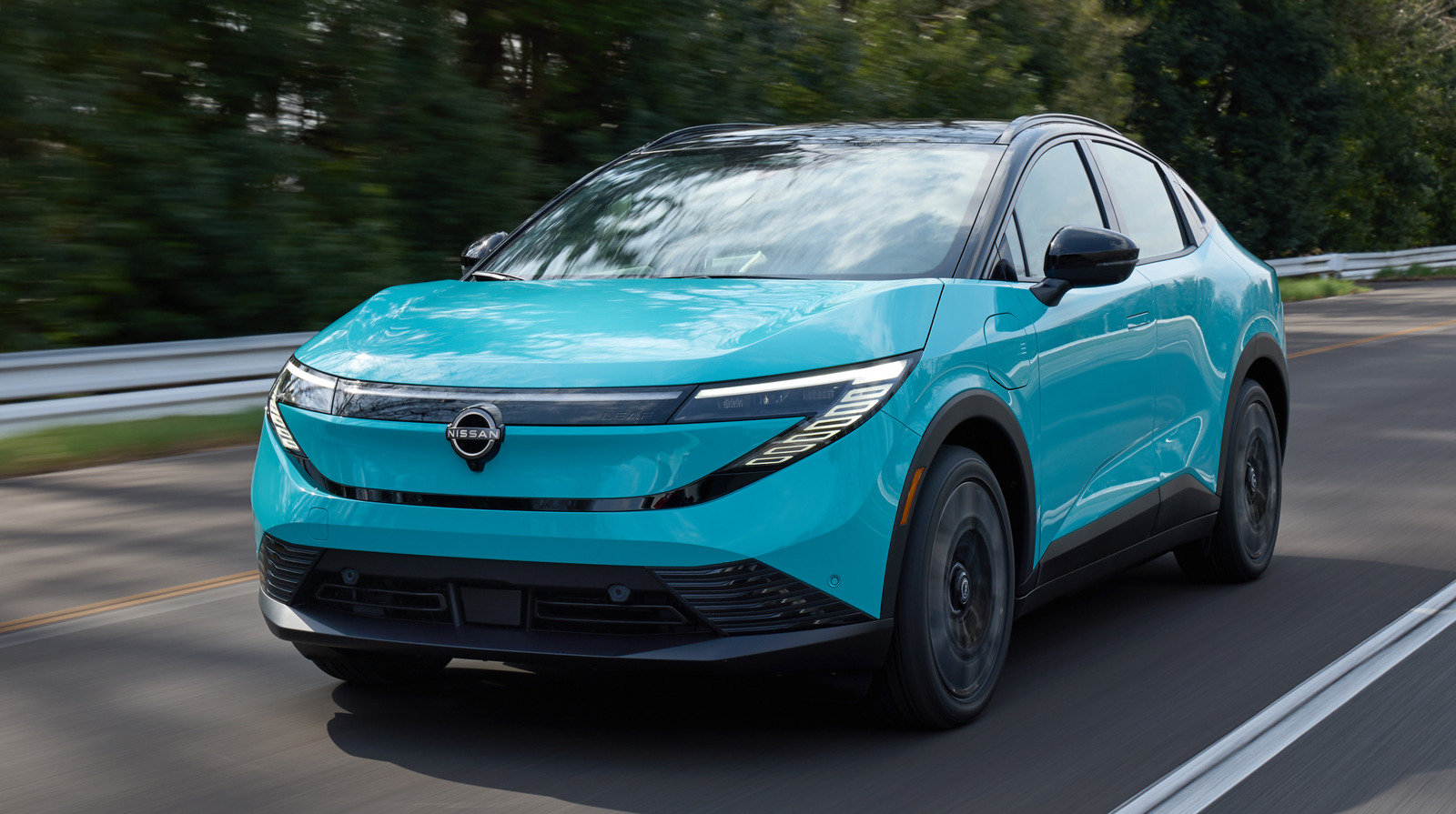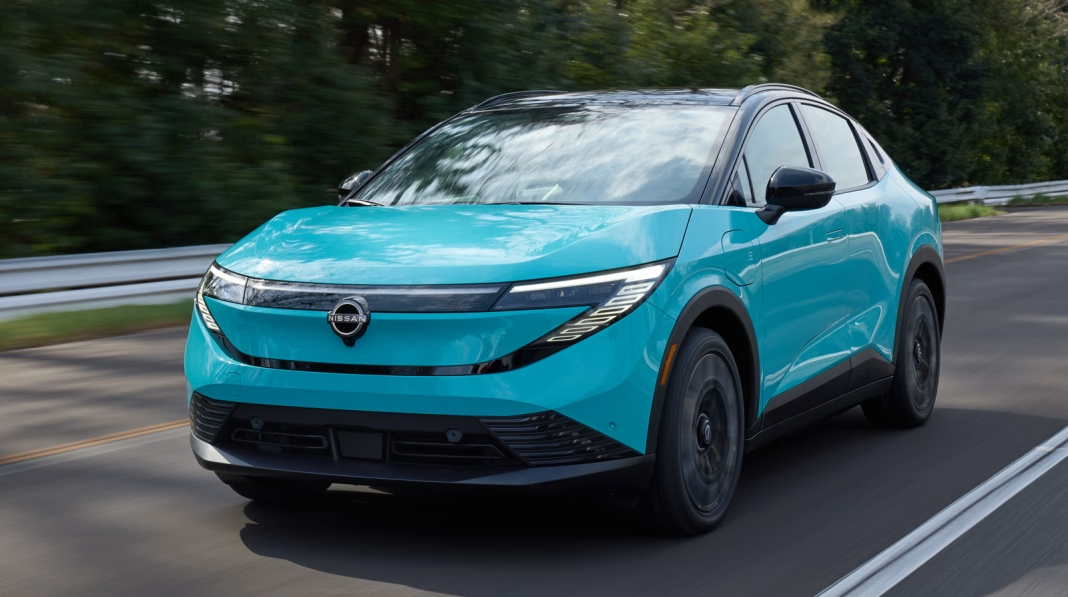How Much Does the 2026 Nissan Leaf Really Cost, and Is It Worth It?
Let’s get straight to the numbers. The 2026 Nissan Leaf S+ comes in at $31,485, making it one of the more affordable electric vehicles (EVs) on the market with a genuinely usable range. But here’s the kicker: Nissan has confirmed that an even less expensive, lower-range model is on the way. For budget-conscious drivers or those just dipping their toes into the EV world, that’s big news.
Is the 303-Mile Range Enough for Everyday Life?
Range anxiety is real, but the Leaf S+ offers 303 miles on a single charge—enough to cover most commutes, errands, and even the occasional road trip. According to the U.S. Department of Transportation, the average American drives about 39 miles per day. That means you could go nearly a week without plugging in, depending on your habits. For city dwellers and suburbanites alike, that’s a game-changer. No more planning your day around charging stations.
How Does the Leaf Stack Up Against Other Affordable EVs?
Let’s put things in perspective. The Leaf S+ isn’t just competing with other EVs—it’s also up against gas-powered cars in the same price range. Compared to rivals like the Chevrolet Bolt EUV or Hyundai Kona Electric, the Leaf’s price-to-range ratio stands out. While some competitors offer similar sticker prices, they often fall short in range or require you to step up to higher trims for comparable features. Plus, Nissan’s reputation for reliability and its extensive dealer network add peace of mind for first-time EV buyers.
What About Charging and Maintenance Costs?
One of the biggest perks of going electric is saying goodbye to oil changes and most engine maintenance. The Leaf S+ is no exception. Charging at home overnight is convenient and, in many areas, costs a fraction of what you’d pay at the pump. According to the U.S. Department of Energy, the average cost to fully charge an EV at home is about $10–$15, depending on local electricity rates. Public fast-charging is pricier, but for most daily driving, home charging is all you’ll need.
Will the Cheaper, Lower-Range Leaf Be a Good Deal?
Details are still under wraps, but Nissan’s move to introduce a lower-range, lower-cost Leaf signals a push to make EVs accessible to even more drivers. If you rarely drive long distances and mostly stick to city streets, the upcoming base model could be a smart, wallet-friendly choice. It’s a nod to the fact that not everyone needs 300+ miles of range—and that affordability is still a top priority for many shoppers.
What’s the Real-World Experience Like?
Early Leaf adopters often rave about the quiet ride, instant torque, and low running costs. The 2026 model builds on that legacy with updated tech and improved battery performance. Nissan’s ProPILOT Assist and other driver aids come standard on higher trims, making highway driving less stressful. And with the Leaf’s hatchback design, you’re not sacrificing practicality for eco-friendliness—there’s plenty of cargo space for groceries, gear, or even a weekend getaway.
The Big Takeaway? The 2026 Nissan Leaf isn’t about perfection—it’s about smarter adjustments. Start with one change this week, and you’ll likely spot the difference by month’s end. Whether you’re eyeing the S+ or waiting for the even more affordable model, Nissan’s latest Leaf proves that going electric doesn’t have to mean breaking the bank or compromising on range. The result? Pure magic for your wallet—and the planet.


